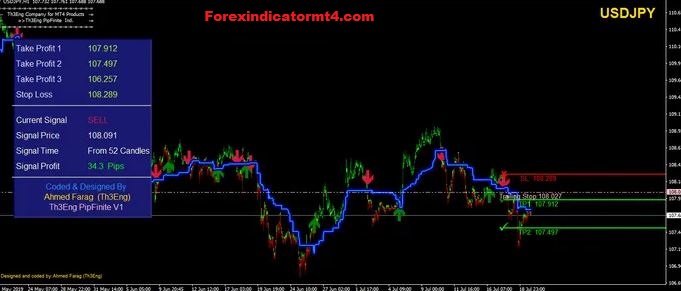In the dynamic realm of forex trading, where volatility reigns supreme, every trader’s heart races with a delicate balance of risk and reward. Understanding how to calculate stop loss and take profit is the key to unlocking profitability and safeguarding your precious capital. This comprehensive guide will delve into the intricate world of these critical concepts, empowering you with the knowledge and tools to navigate the ever-fluctuating currency markets with confidence and success.
:max_bytes(150000):strip_icc()/stloplosslocationforlongtrade-59bd5b7f845b340011489d60.jpg)
Image: www.thebalancemoney.com
What is Stop Loss and Take Profit?
Stop loss is an essential risk management tool that sets a predetermined level at which your position will automatically close, limiting potential losses in the face of adverse market movements. It acts as a safety net, protecting you from catastrophic losses by exiting the trade when the market turns against you.
Take profit, on the other hand, is the flip side of the coin. It represents the point at which your trade has reached a predefined profit target, triggering an automatic closure and securing your earnings. By setting a take profit order, you can lock in your gains and prevent the volatility of the market from eroding your hard-earned profits.
Calculating the Optimal Stop Loss and Take Profit Levels
The art of determining the optimal stop loss and take profit levels lies in finding a harmonious balance between risk and reward. There are several approaches to calculating these levels, each tailored to specific trading styles and market conditions.
1. Technical Analysis:
- Use technical indicators such as moving averages, support and resistance levels, and trendlines to identify potential turning points in the market.
- Place your stop loss below support levels (for long positions) or above resistance levels (for short positions) to minimize the risk of false signals.
- Determine your take profit target based on chart patterns, Fibonacci extensions, or projected technical targets.
2. Risk-Reward Ratio:
- Establish a clear risk-reward ratio that aligns with your trading style and tolerance for risk.
- For instance, a risk-reward ratio of 1:2 implies that you are willing to risk $1 to potentially earn $2.
3. Historical Volatility:
- Analyze historical price charts to gauge the average range of daily fluctuations in the currency pair you are trading.
- Set your stop loss a certain number of pips outside this range to account for normal market volatility.
- Determine your take profit target based on historical price patterns or significant market events that have previously influenced the currency pair’s value.
Expert Insights and Actionable Tips
From the Trading Desk of John Carter:
“The key to successful stop loss and take profit management is to approach them with a disciplined mindset. Don’t let emotions cloud your judgment. Once you’ve set your levels, stick to them.”
The Wisdom of Mark Douglas:
“Trading is a game of probabilities, not certainties. Don’t fall into the trap of perfectionism. Accept that there will be losing trades, and focus on managing your risks effectively to limit their impact.”

Image: forexindicatormt4.com
How To Calculate Stop Loss And Take Profit In Forex
Conclusion: Empowering You for Trading Mastery
By mastering the art of calculating stop loss and take profit levels, you gain an edge in the unforgiving world of forex trading. It’s not just about protecting your capital and securing profits – it’s about empowering yourself with the confidence to navigate the markets with clarity and precision.
Remember, every trader’s journey is unique. Experiment with different approaches to find what works best for you. Embrace the learning curve, refine your strategies, and never stop striving to enhance your trading prowess. The path to forex trading success lies in your relentless pursuit of knowledge, discipline, and emotional control.






